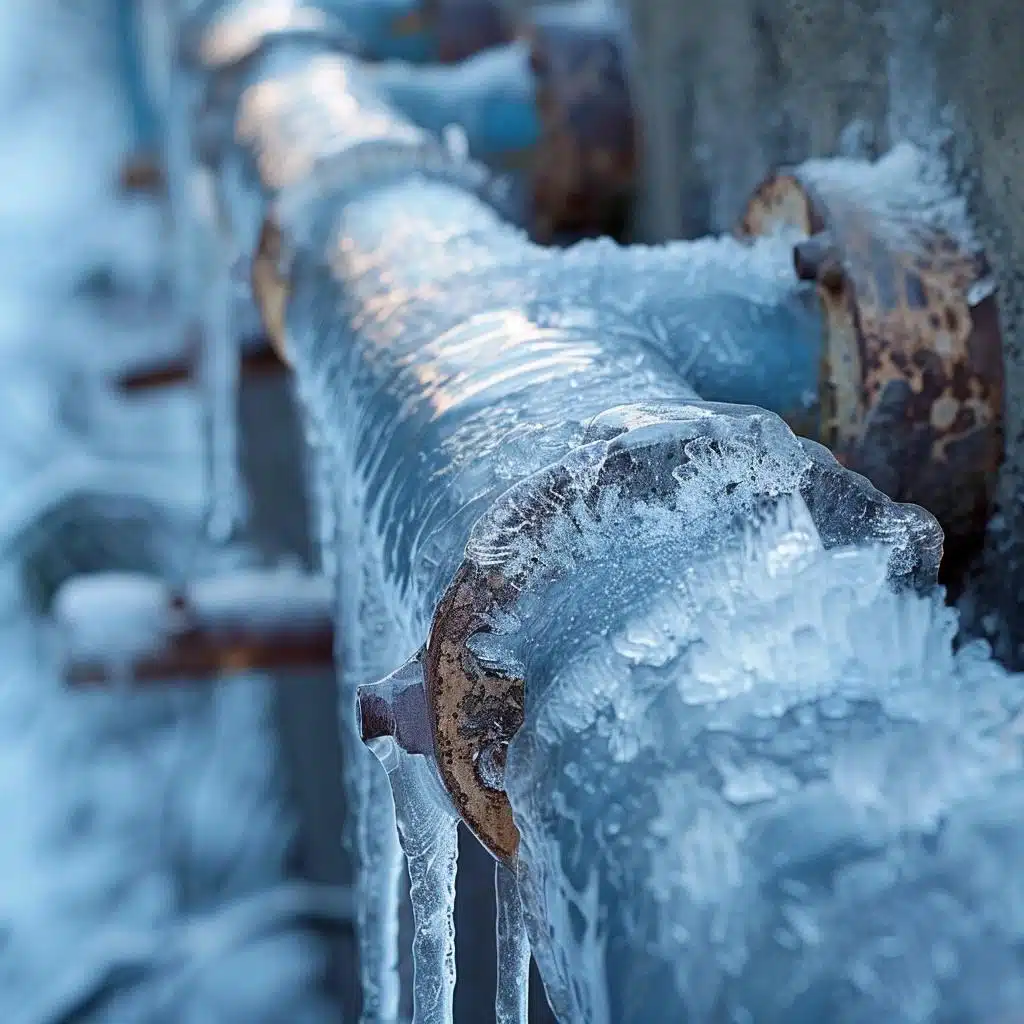How to Avoid Frozen Pipes in Cold Weather: Professional Tips
How to Avoid Frozen Pipes in Cold Weather: Professional Tips
Blog Article
They are making a few great pointers on Prevent Frozen Pipes overall in the article which follows.

Winter can wreak havoc on your pipes, especially by freezing pipelines. Right here's exactly how to stop it from taking place and what to do if it does.
Intro
As temperature levels decline, the danger of frozen pipelines increases, potentially leading to pricey repair work and water damages. Understanding just how to prevent frozen pipelines is vital for property owners in cold climates.
Comprehending Icy Pipelines
What causes pipes to freeze?
Pipelines ice up when subjected to temperature levels listed below 32 ° F (0 ° C) for extended periods. As water inside the pipes freezes, it broadens, taxing the pipeline wall surfaces and possibly causing them to break.
Dangers and damages
Frozen pipelines can result in water disruptions, property damages, and pricey fixings. Ruptured pipes can flood homes and create considerable structural damage.
Indicators of Frozen Water Lines
Determining frozen pipelines early can prevent them from breaking.
Exactly how to identify frozen pipelines
Look for reduced water flow from taps, unusual odors or noises from pipelines, and visible frost on subjected pipes.
Prevention Tips
Shielding susceptible pipelines
Cover pipes in insulation sleeves or make use of heat tape to secure them from freezing temperature levels. Focus on pipes in unheated or external areas of the home.
Heating methods
Keep interior areas properly heated up, particularly locations with pipes. Open up closet doors to allow warm air to flow around pipelines under sinks.
Shielding Outdoor Pipes
Yard tubes and exterior taps
Separate and drain pipes garden hoses before winter. Install frost-proof faucets or cover exterior taps with insulated caps.
What to Do If Your Pipes Freeze
Immediate activities to take
If you suspect frozen pipes, keep taps open up to ease stress as the ice thaws. Utilize a hairdryer or towels soaked in warm water to thaw pipes slowly.
Long-Term Solutions
Architectural modifications
Consider rerouting pipelines far from exterior wall surfaces or unheated areas. Include extra insulation to attics, basements, and crawl spaces.
Updating insulation
Invest in high-quality insulation for pipes, attic rooms, and walls. Appropriate insulation assists keep regular temperature levels and decreases the threat of frozen pipes.
Verdict
Protecting against frozen pipelines needs aggressive measures and quick reactions. By understanding the causes, signs, and preventive measures, home owners can protect their plumbing throughout cold weather.
5 Ways to Prevent Frozen Pipes
Drain Outdoor Faucets and Disconnect Hoses
First, close the shut-off valve that controls the flow of water in the pipe to your outdoor faucet. Then, head outside to disconnect and drain your hose and open the outdoor faucet to allow the water to completely drain out of the line. Turn off the faucet when done. Finally, head back to the shut-off valve and drain the remaining water inside the pipe into a bucket or container. Additionally, if you have a home irrigation system, you should consider hiring an expert to clear the system of water each year.
Insulate Pipes
One of the best and most cost-effective methods for preventing frozen water pipes is to wrap your pipes with insulation. This is especially important for areas in your home that aren’t exposed to heat, such as an attic. We suggest using foam sleeves, which can typically be found at your local hardware store.
Keep Heat Running at 65
Your pipes are located inside your walls, and the temperature there is much colder than the rest of the house. To prevent your pipes from freezing, The Insurance Information Institute suggests that you keep your home heated to at least 65 degrees, even when traveling. You may want to invest in smart devices that can keep an eye on the temperature in your home while you’re away.
Leave Water Dripping
Moving water — even a small trickle — can prevent ice from forming inside your pipes. When freezing temps are imminent, start a drip of water from all faucets that serve exposed pipes. Leaving a few faucets running will also help relieve pressure inside the pipes and help prevent a rupture if the water inside freezes.
Open Cupboard Doors
Warm your kitchen and bathroom pipes by opening cupboards and vanities. You should also leave your interior doors ajar to help warm air circulate evenly throughout your home.

We hope you enjoyed our article on Prevent Frozen Pipes . Thanks so much for taking time to read through our blog post. Sharing is caring. Helping people is fun. Thanks for going through it.
Click Here! Report this page